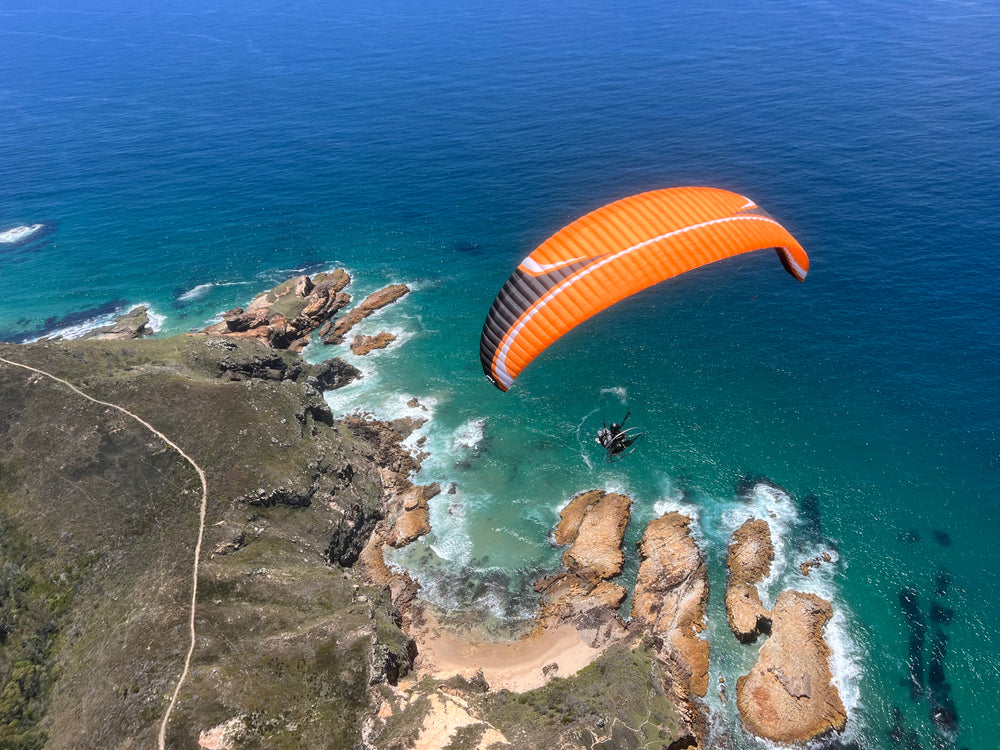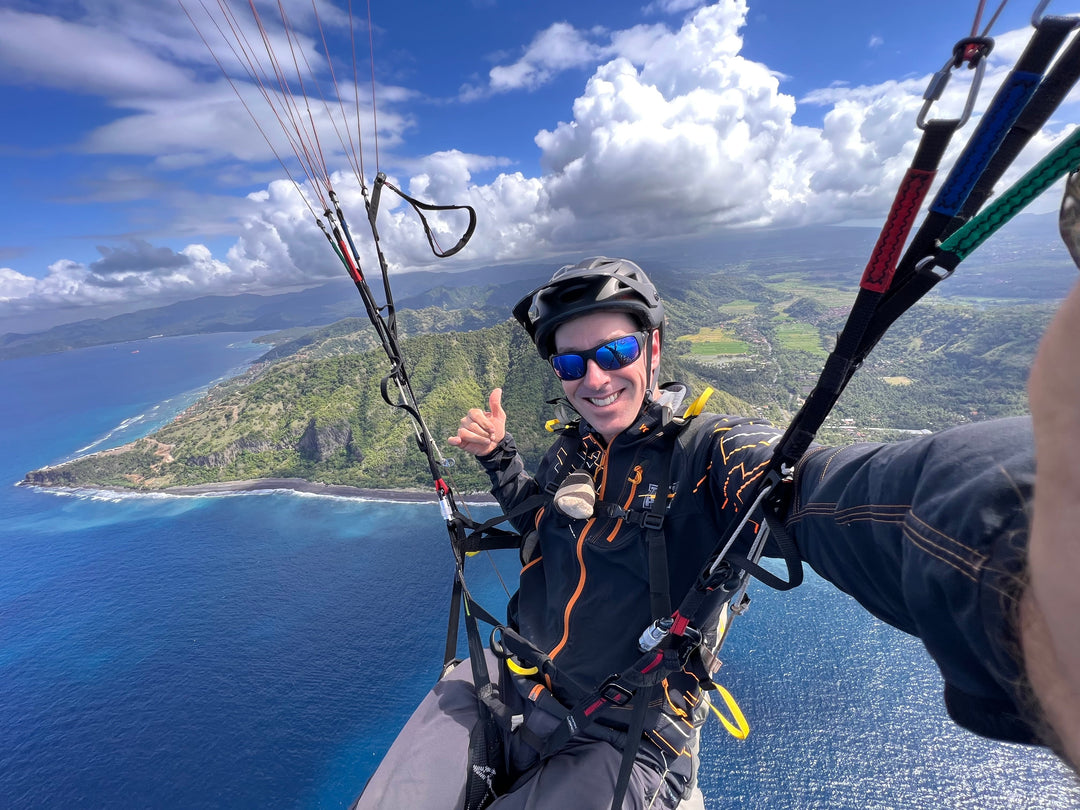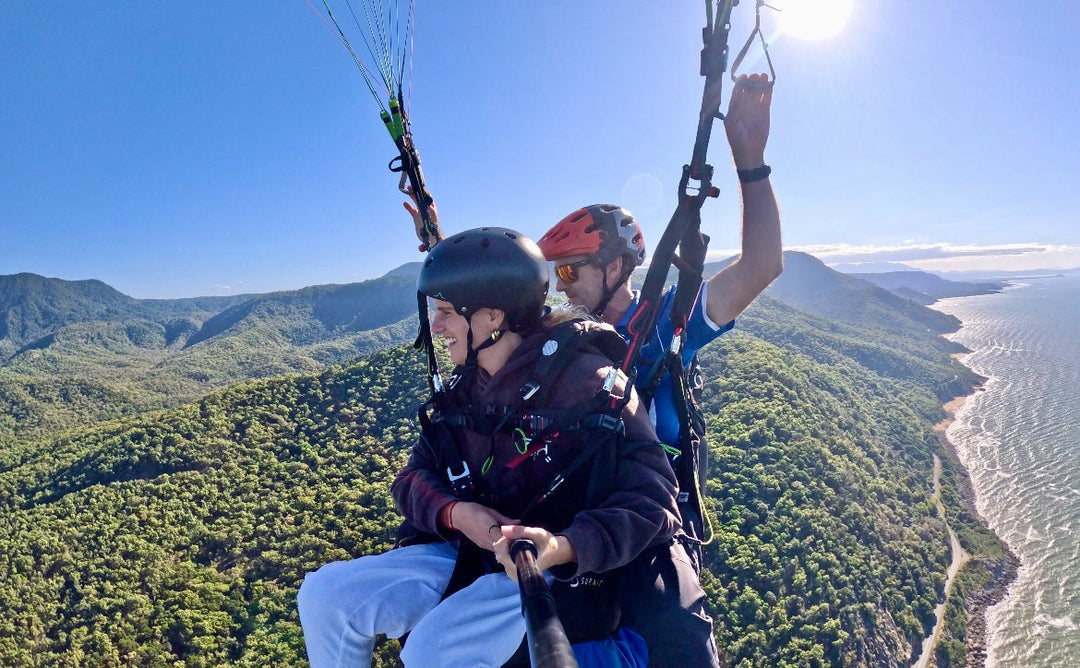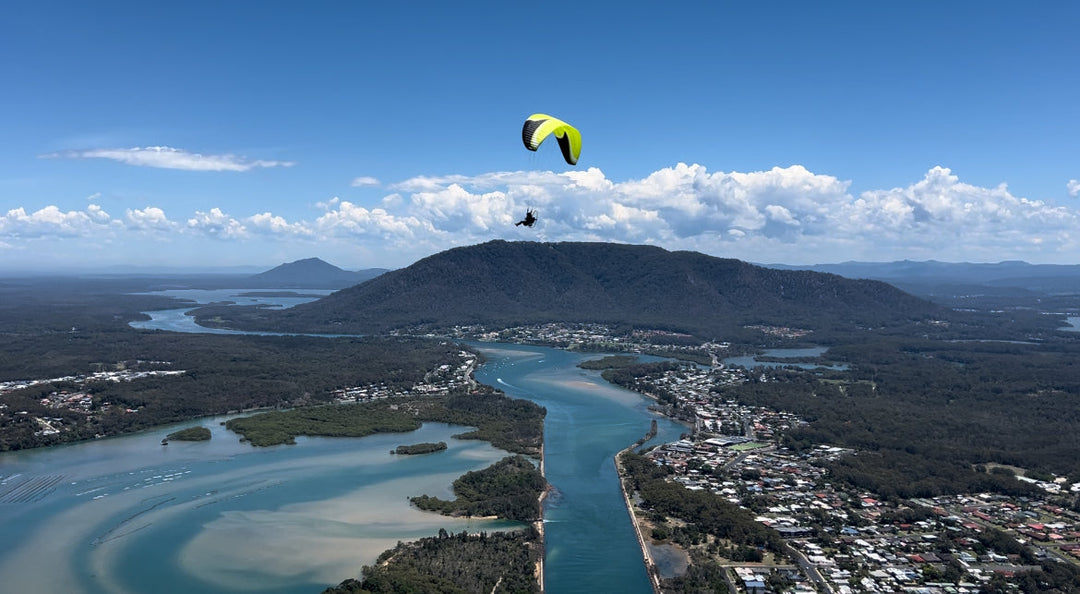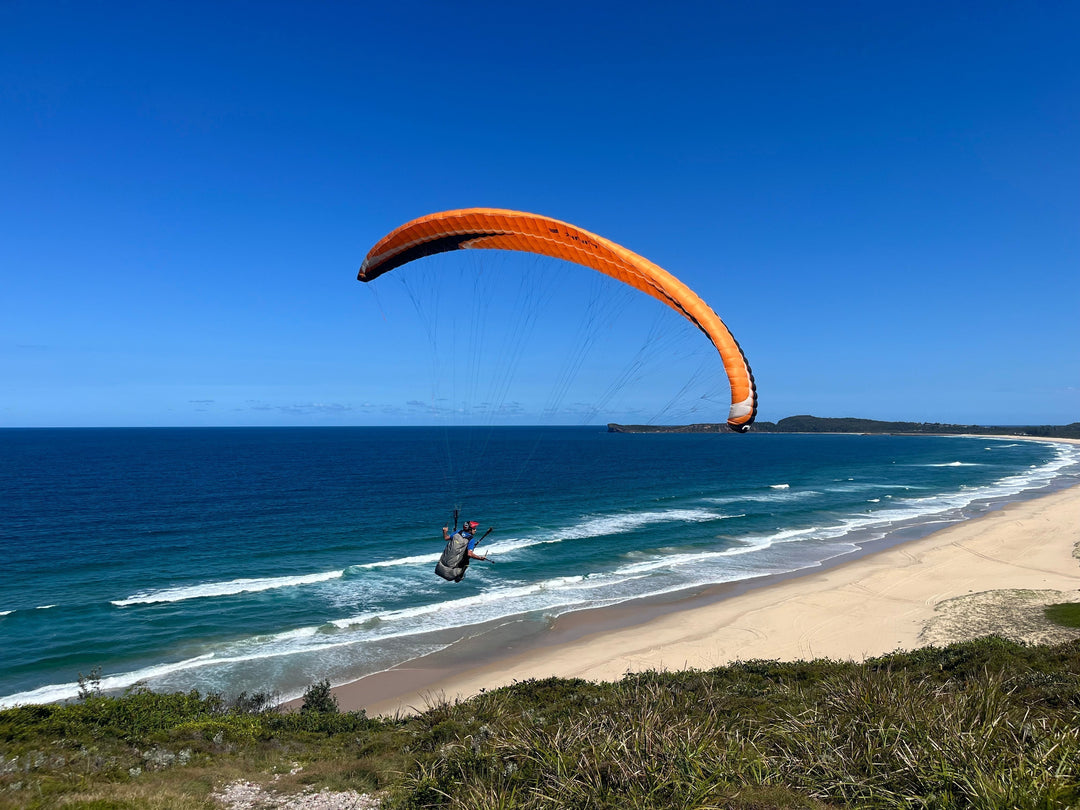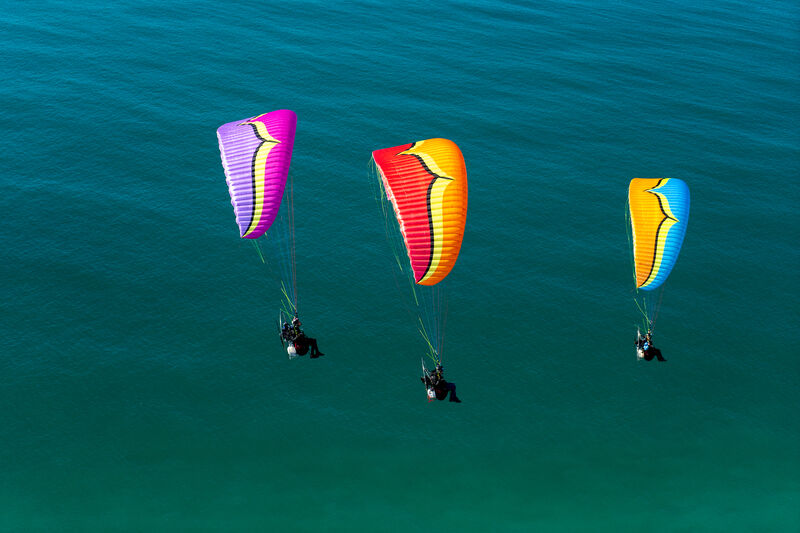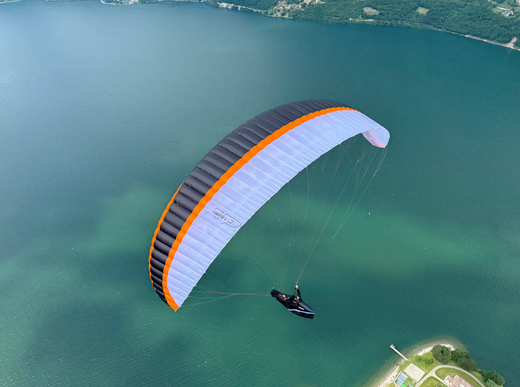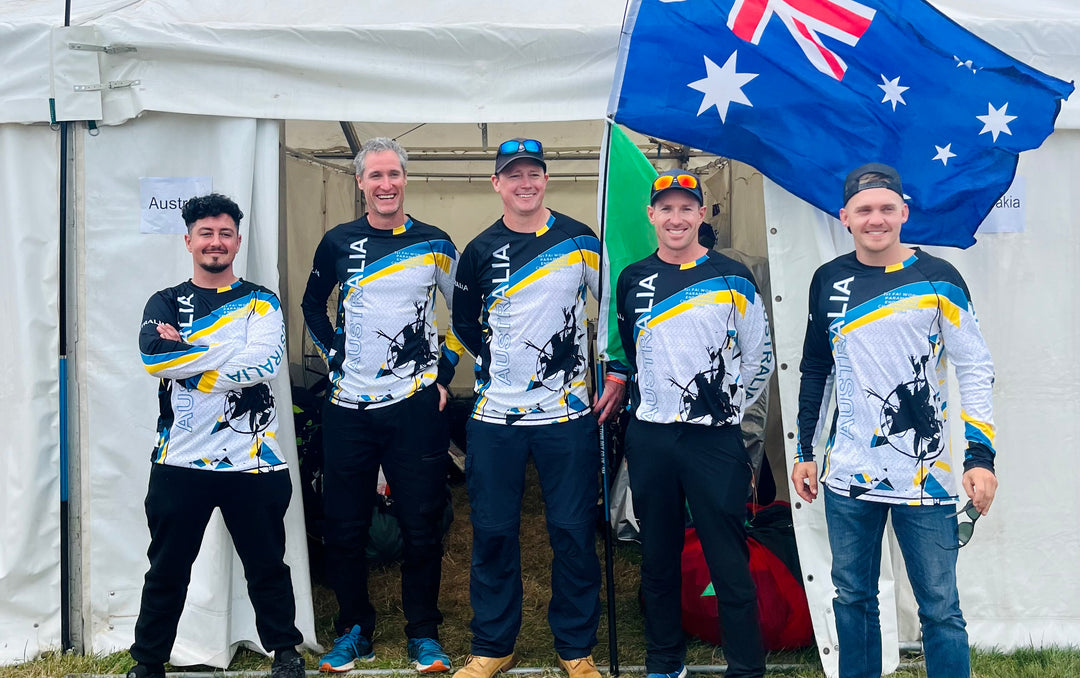5 Tips for Choosing the Best Paragliding Course
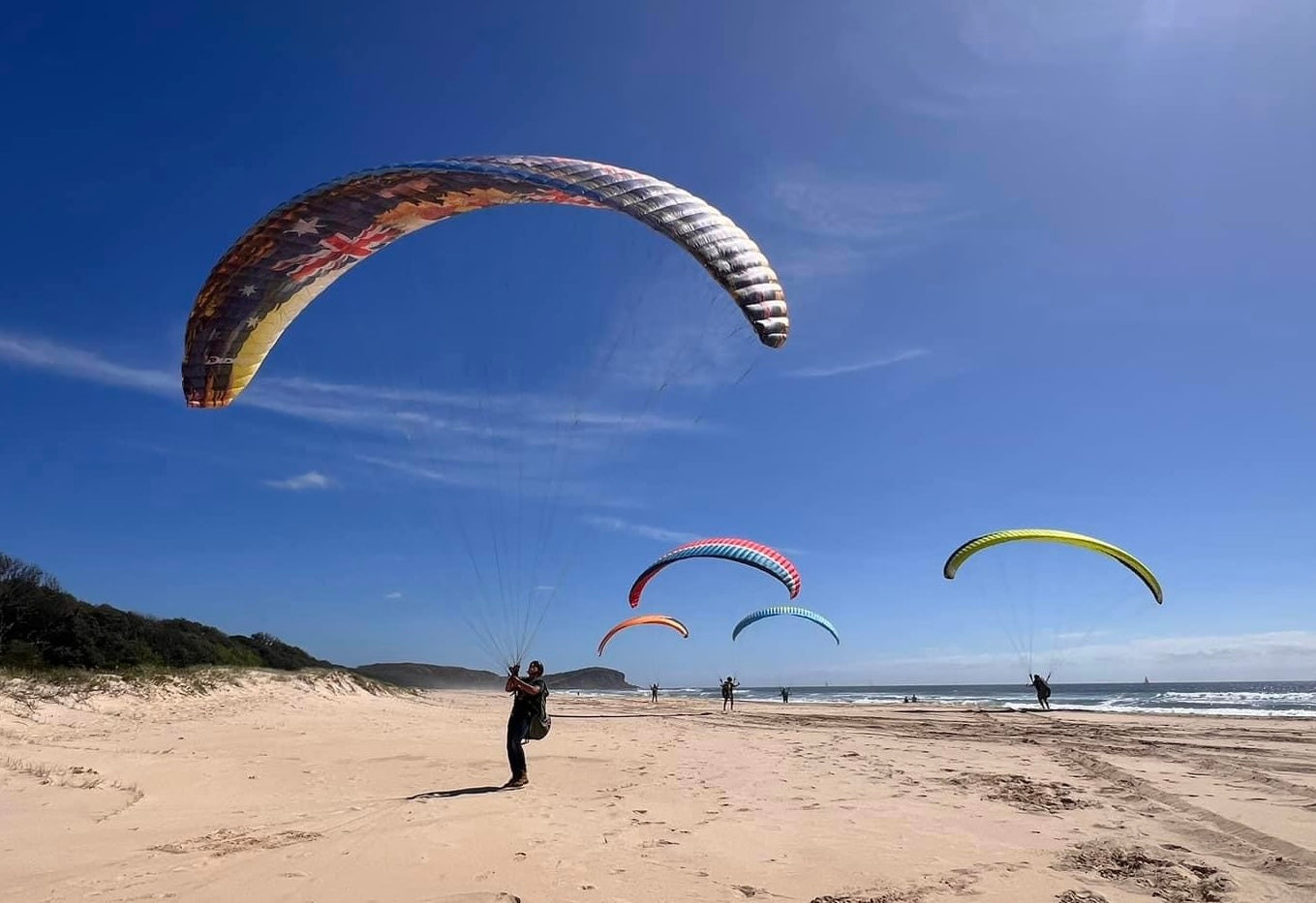
Paragliding is a breathtaking and exhilarating sport that lets you experience the sensation of flying as you glide through the sky. But before you embark on this incredible journey, you must choose the right paragliding course.
Your decision can significantly impact your safety, skill development, and overall enjoyment of the sport. This blog post will discuss five tips to help you choose the best paragliding course for you.
Extensive Research
When selecting the right paragliding course, thorough research is your first step. Begin by looking for paragliding schools or instructors in your area or in a location where you plan to take the course. You can utilise online search engines and paragliding forums or seek recommendations from experienced paragliders.
Ensure the instructors or schools you consider are certified by the Sports Aviation Federation of Australia (SAFA). SAFA certification guarantees that the instructors have undergone rigorous training and meet safety standards, providing peace of mind during your paragliding training.
Course Duration & Location
The duration and location of the paragliding course are vital factors to consider. Different courses vary, some lasting a few days and others extending several weeks. Your availability and commitment level will determine which course duration suits you.
The course location should align with your preferences and goals. Ensure that the course location offers diverse flying conditions, allowing you to gain a well-rounded skillset as a paraglider.
Curriculum Evaluation
A comprehensive curriculum is essential for your skill development as a paraglider. Before enrolling in a course, request details about the syllabus and what specific skills will be covered. A well-structured curriculum should encompass topics such as:
- Ground handling
- Launching and landing techniques
- Flight theory and aerodynamics
- Safety procedures and emergency protocols
- Weather analysis and decision-making
- Navigation and airspace regulations
Evaluate whether the course offers a good balance of theory and practical training. Additionally, inquire about the student-to-instructor ratio to ensure you'll receive personalised attention during your training.
Equipment & Safety
Paragliding requires specialised equipment, including a paraglider wing, harness, helmet, and reserve parachute. A reputable paragliding course should provide access to high-quality equipment and ensure that it is regularly maintained and inspected for safety.
Safety should always be a top priority for any paragliding course. Inquire about the safety measures and protocols the school or instructor follows, including weather checks, equipment checks, and emergency procedures. Ensure you have confidence that your safety will be taken seriously throughout your training.
Reviews and Student Feedback
To gauge the quality of a paragliding course, read reviews and seek feedback from past students. Look for testimonials or reviews on the school's website, Google business page or social media platforms. Pay attention to both positive and negative comments to get a well-rounded perspective.
Additionally, don't hesitate to reach out to former students if possible. Their first hand experiences can provide invaluable insights into the course's quality, instructor competence, and overall satisfaction.
Conclusion
Choosing the right paragliding course is critical to becoming a skilled and confident paraglider. You can make an informed decision through thorough research, considering course duration and location, evaluating the curriculum, checking equipment and safety measures, and reviewing feedback from past students.
Remember that paragliding is not just a sport; it's a thrilling adventure that demands dedication and guidance. Take your time, choose wisely, and prepare for an exhilarating experience that will take you to new heights.


